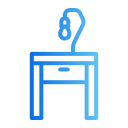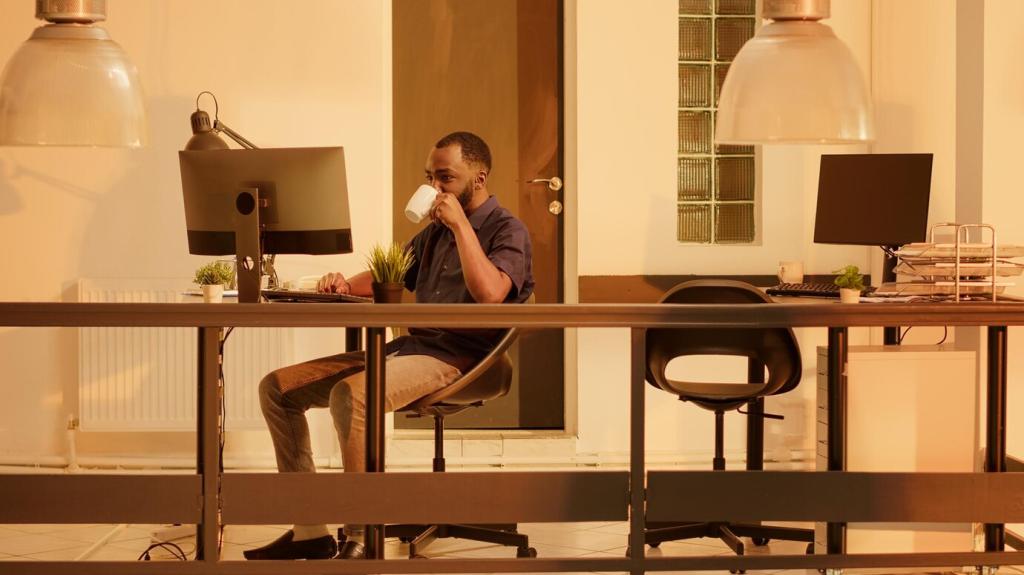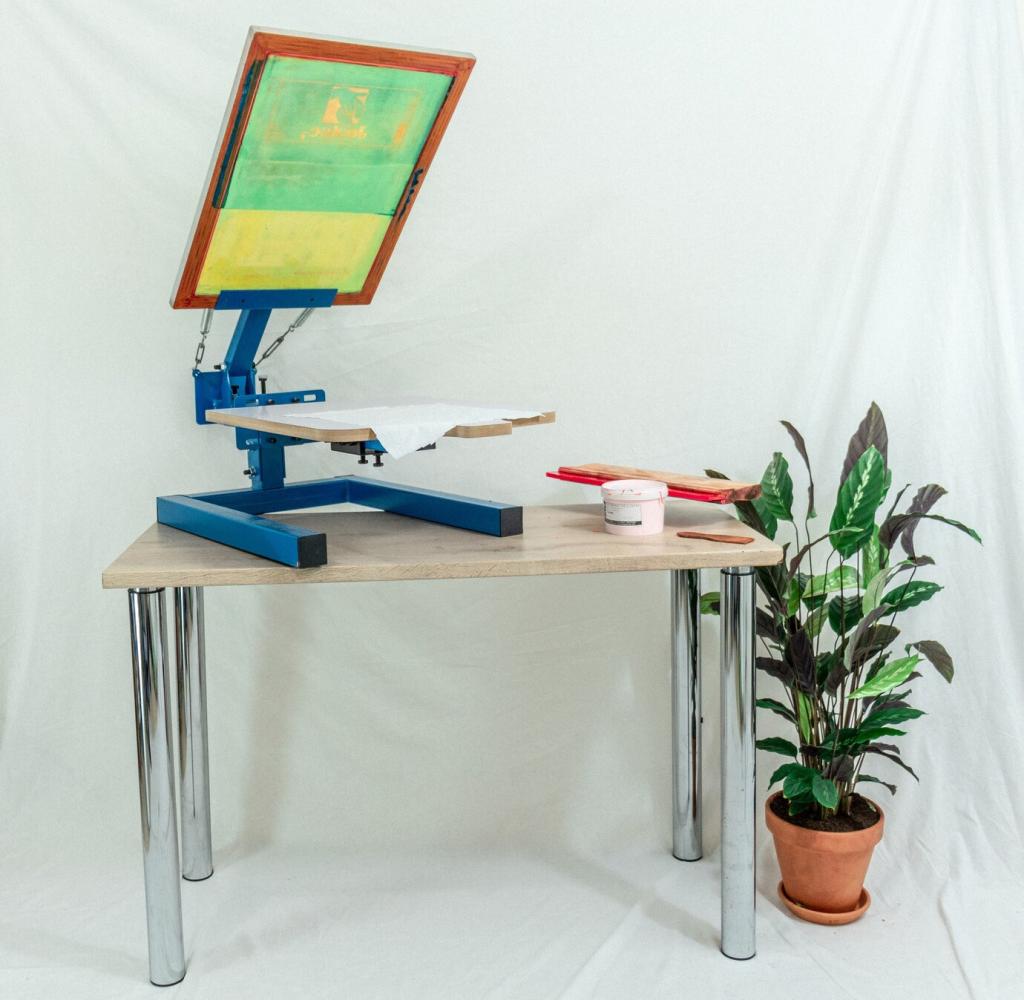Roadblocks and Real Fixes
One company phased purchases, prioritizing high-discomfort roles and shared spaces first. Transparent cost-benefit updates, including fewer replacement chairs and reduced minor discomfort claims, helped finance approve later waves confidently.
Roadblocks and Real Fixes
Doubters tried desks for ten days with no obligation. Many kept them after noticing easier afternoons and less fidgeting. Peer testimonials outperformed memos, and opt-in trials preserved autonomy and trust.


